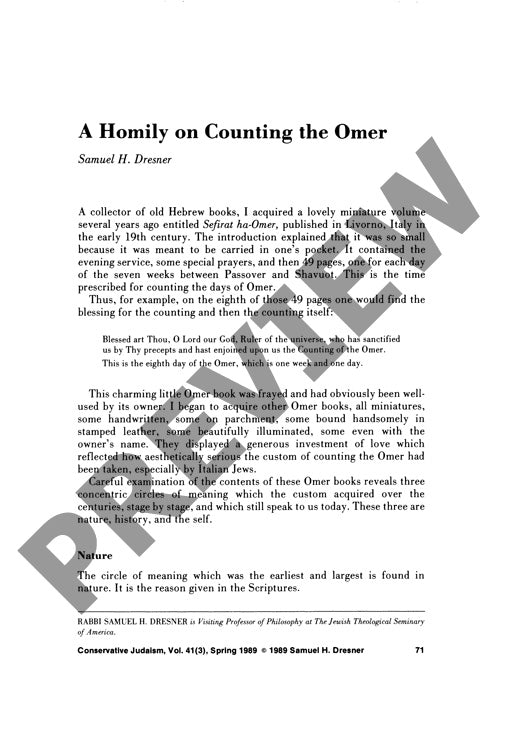A Homily on Counting the Omer
Couldn't load pickup availability
The ritual of counting forty-nine days between Passover and Shavuot evolved from a simple agricultural celebration into a sophisticated spiritual practice that exemplifies Judaism's remarkable capacity for layered meaning-making. Through examination of 19th-century Italian Omer counting books, rabbinical commentaries, and mystical literature, three distinct historical phases emerge in the development of Sefirat ha-Omer. The practice originated in biblical times as a harvest festival, teaching gratitude for divine providence over nature's cycles. During the Talmudic era, it acquired historical significance as a commemoration of Israel's journey from Egyptian exodus to Sinai revelation, connecting physical liberation with spiritual freedom. Medieval mystics then added a third dimension, transforming the counting into a systematic program for personal moral development and spiritual elevation. This analysis of prayer books and religious texts reveals how Jewish ritual practice dynamically adapts across time while maintaining multiple concurrent meanings - connecting practitioners simultaneously to nature's rhythms, collective historical memory, and individual spiritual growth.

More Information
-
Physical Description
-
Publication Information
Published 1989
ISBN
-
Publication Credits
Samuel Dresner

